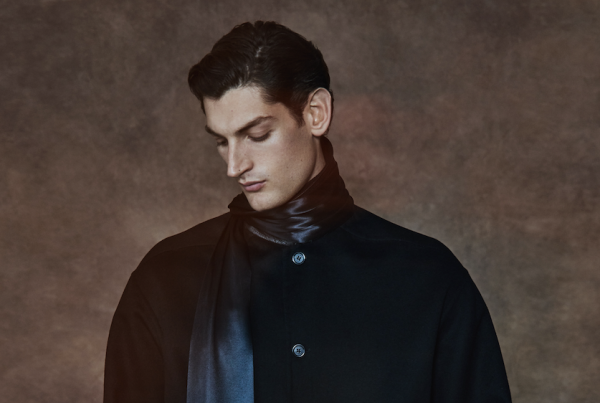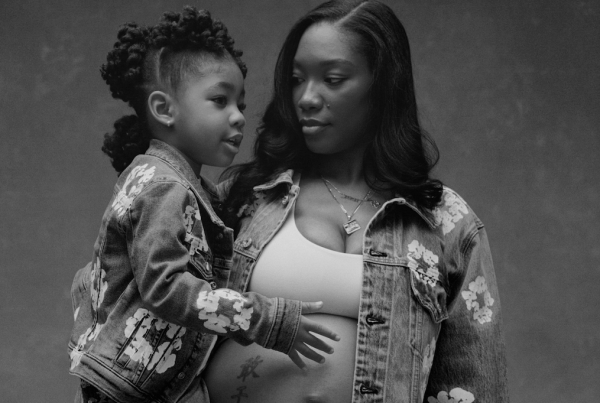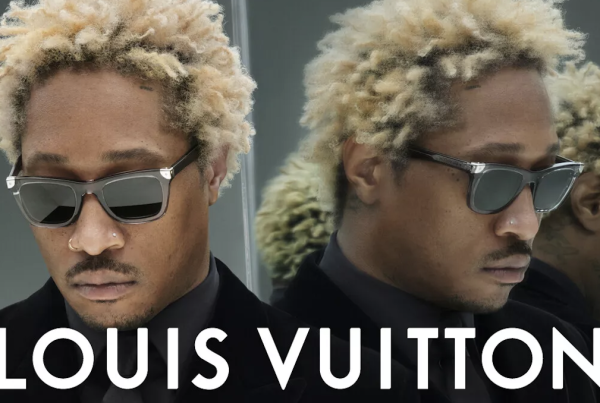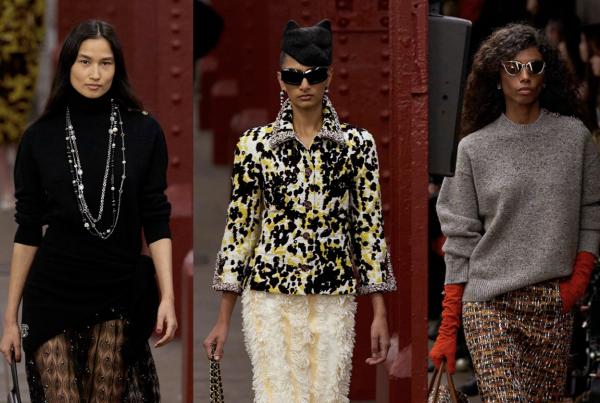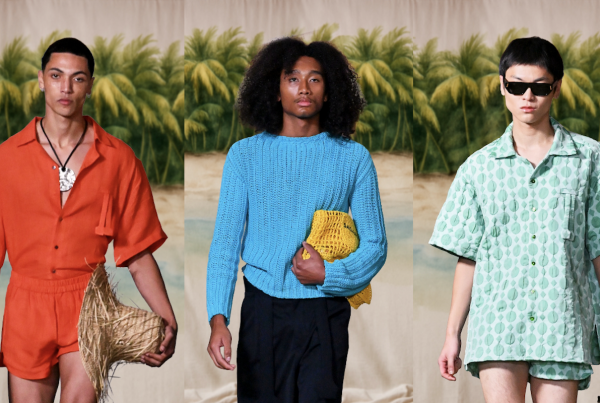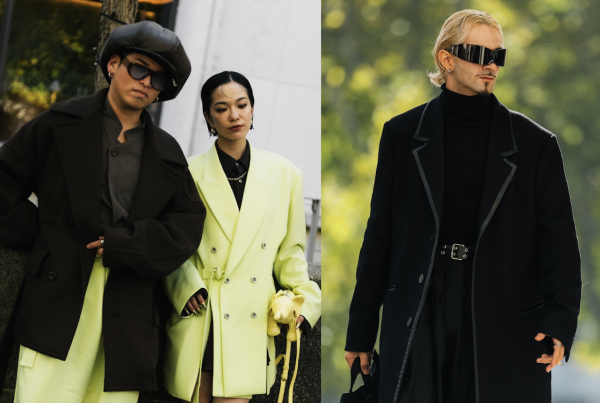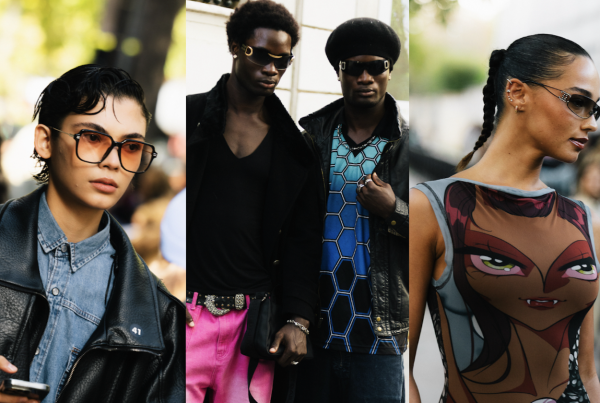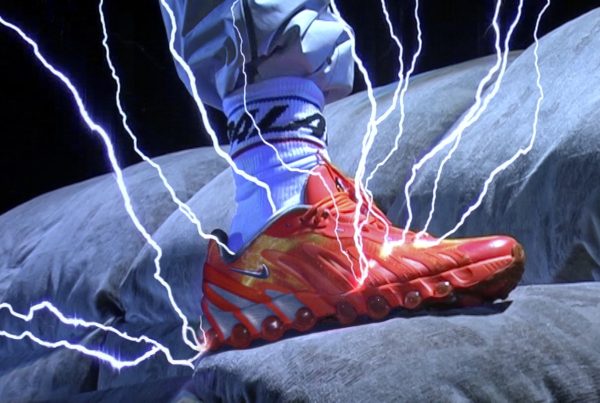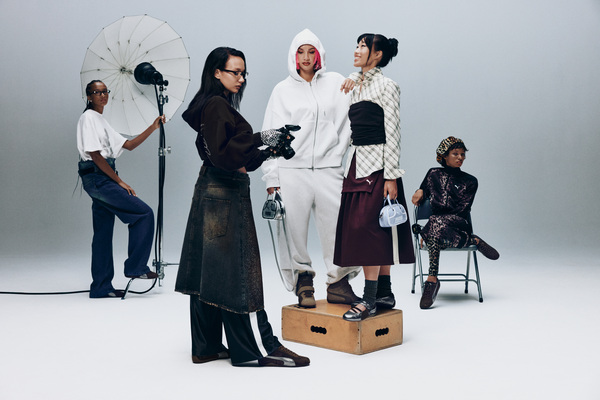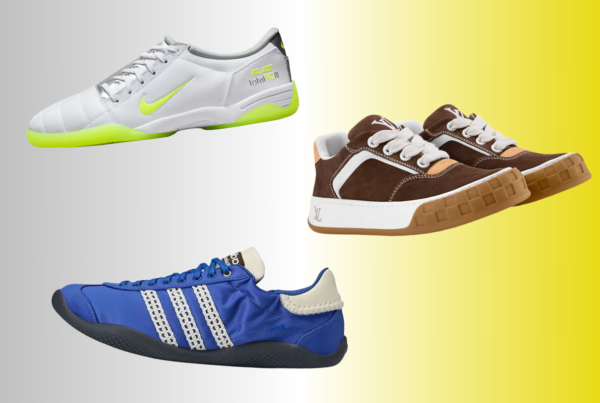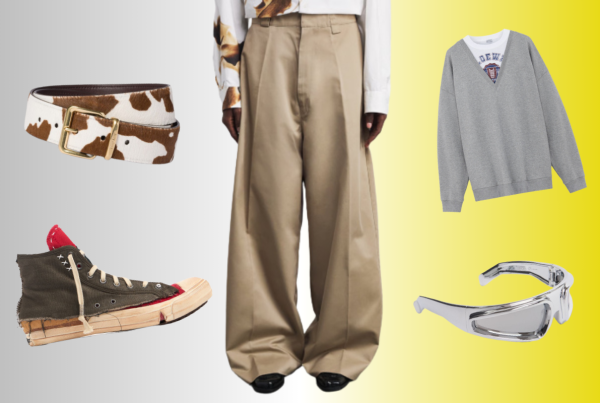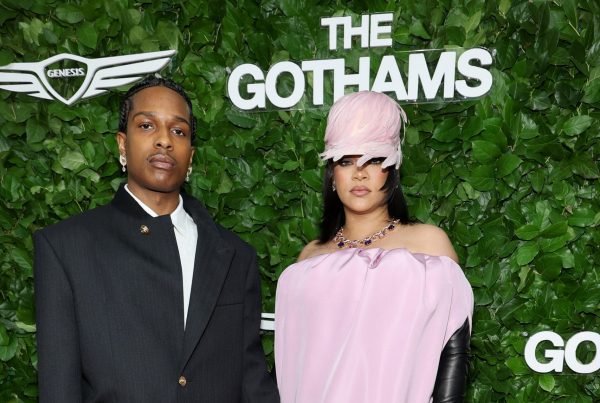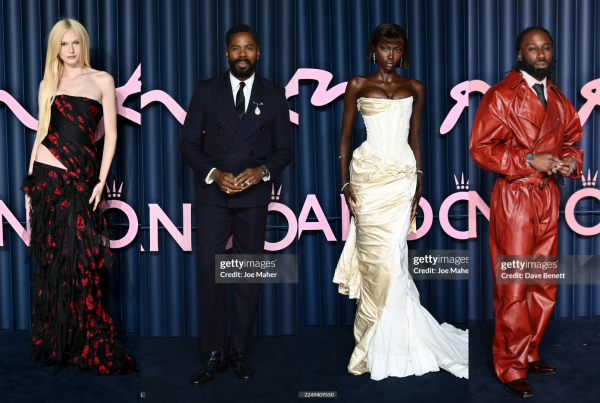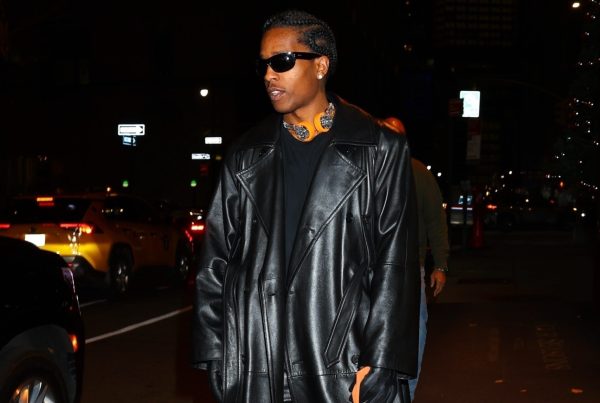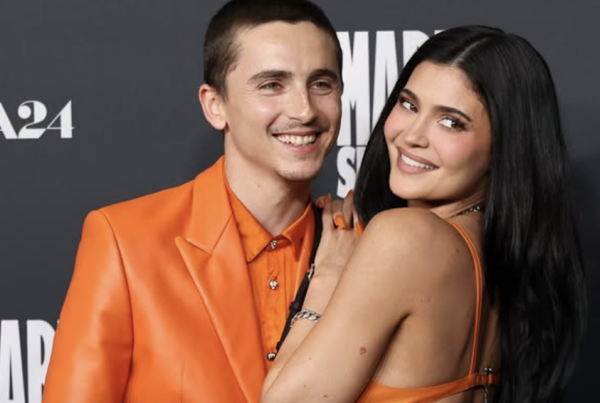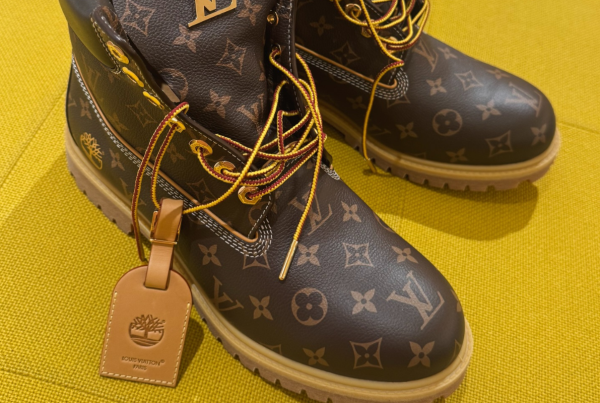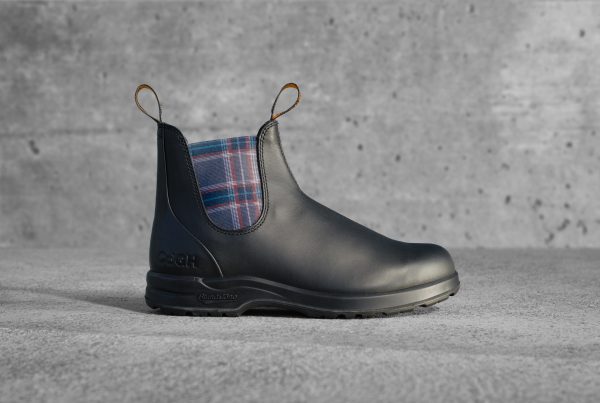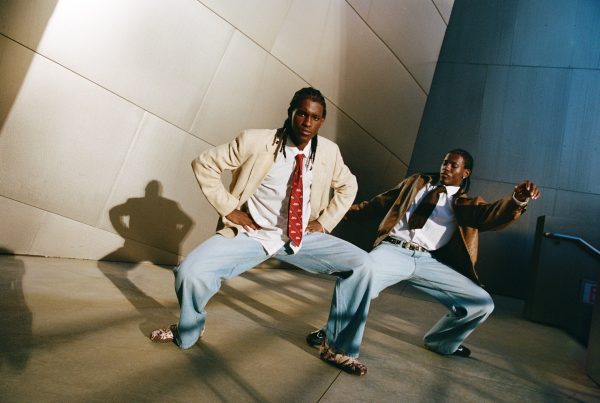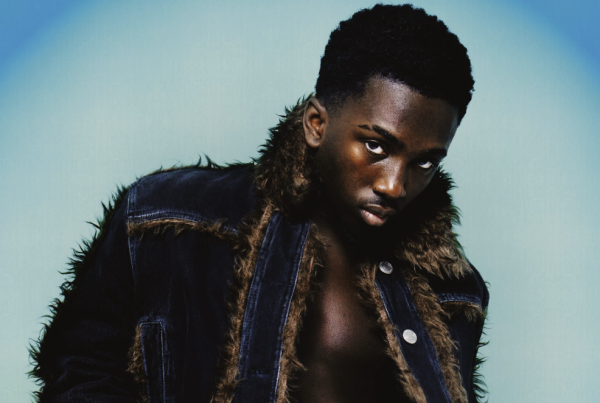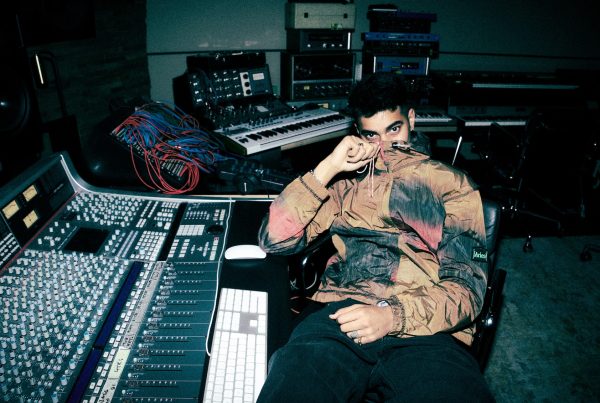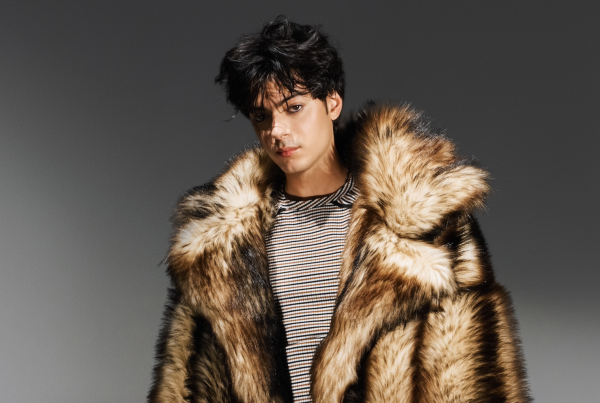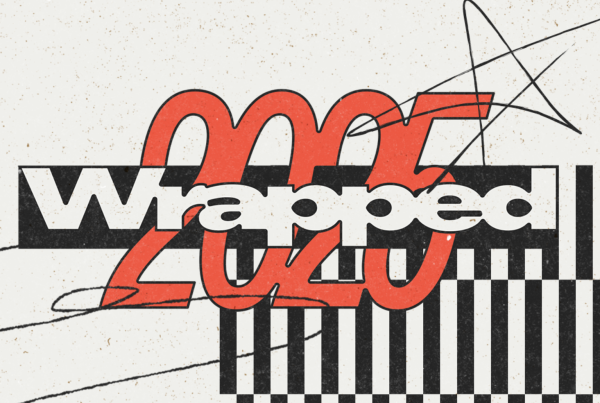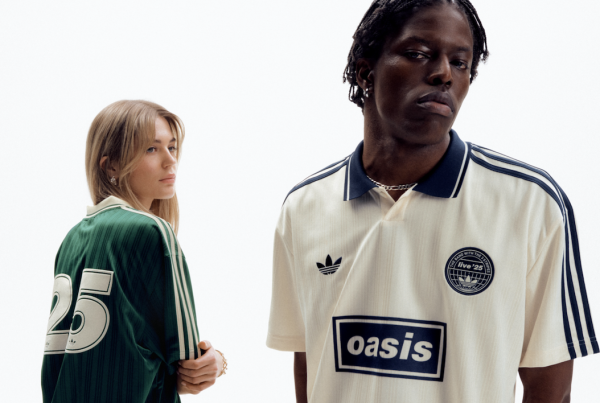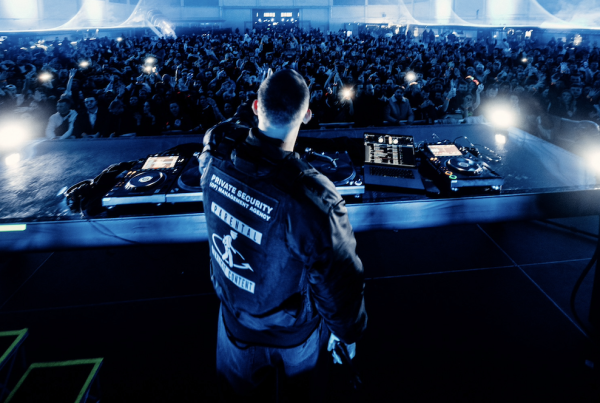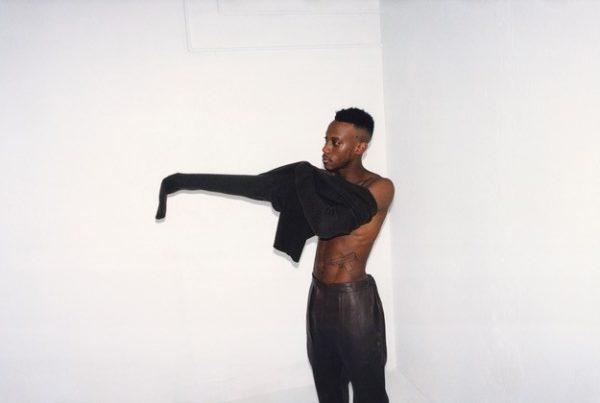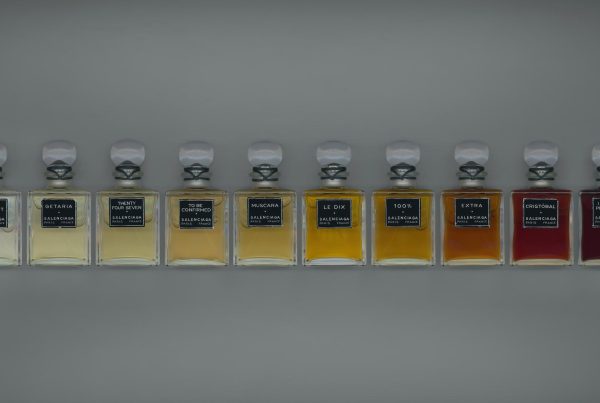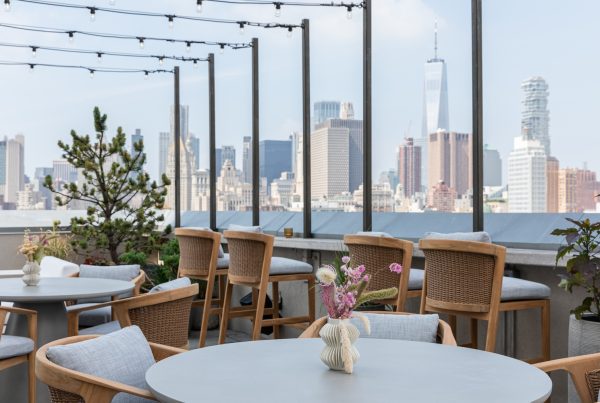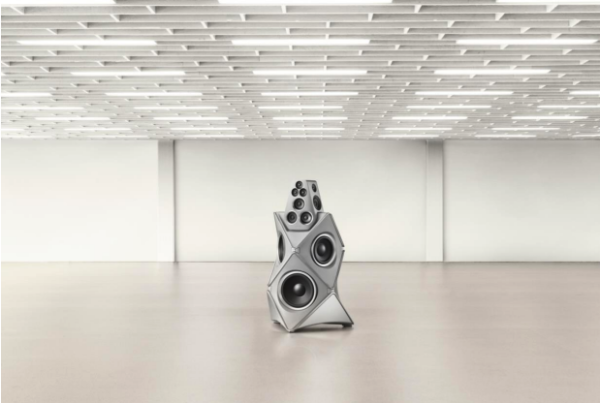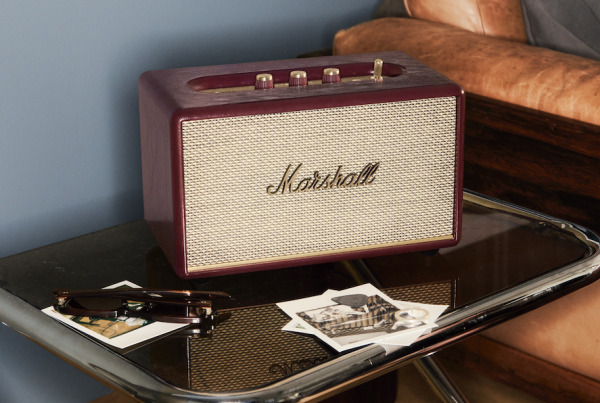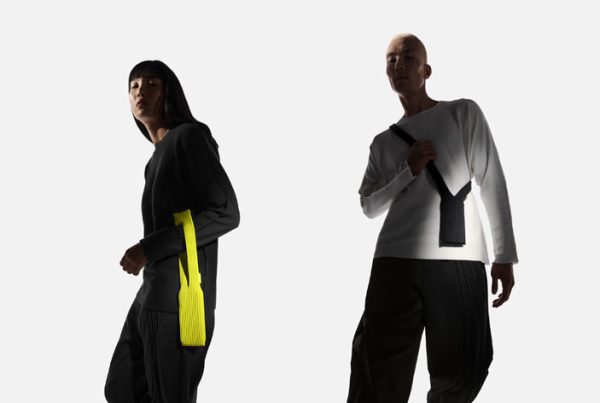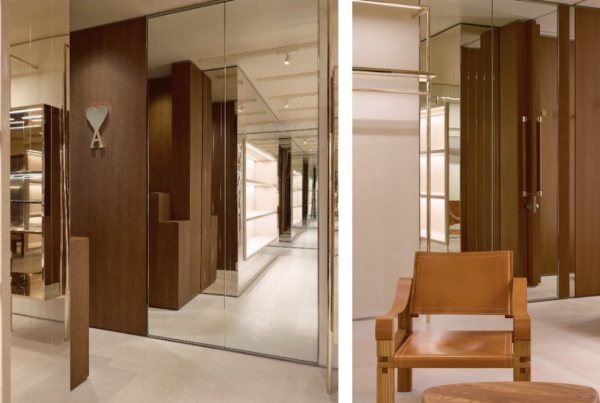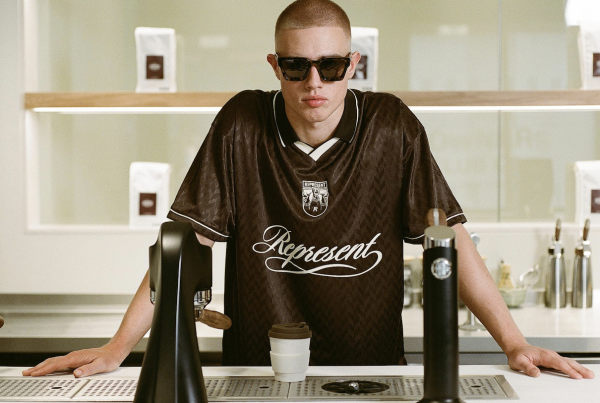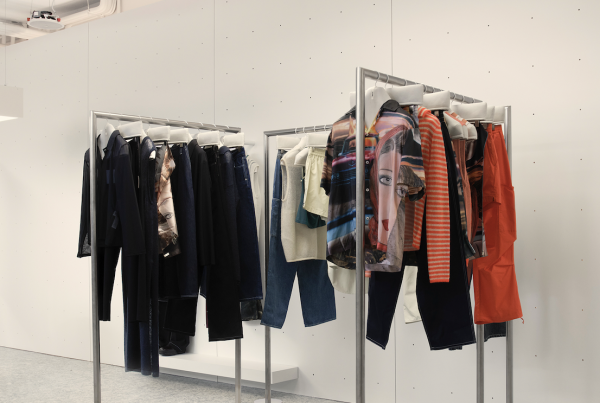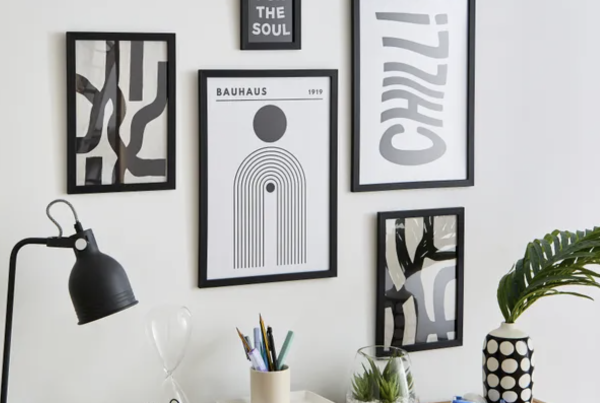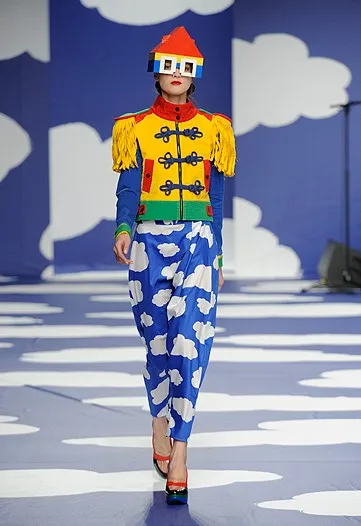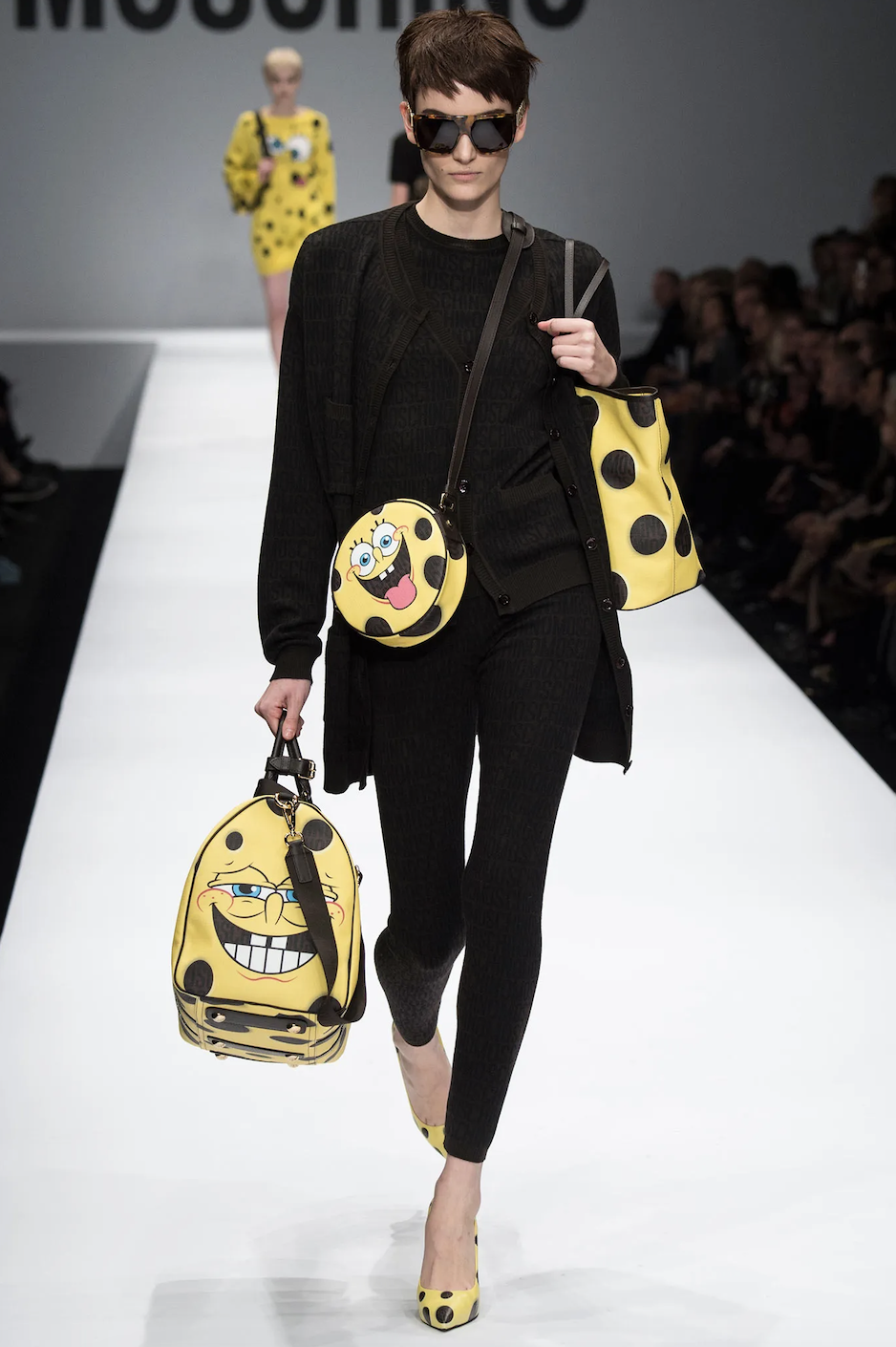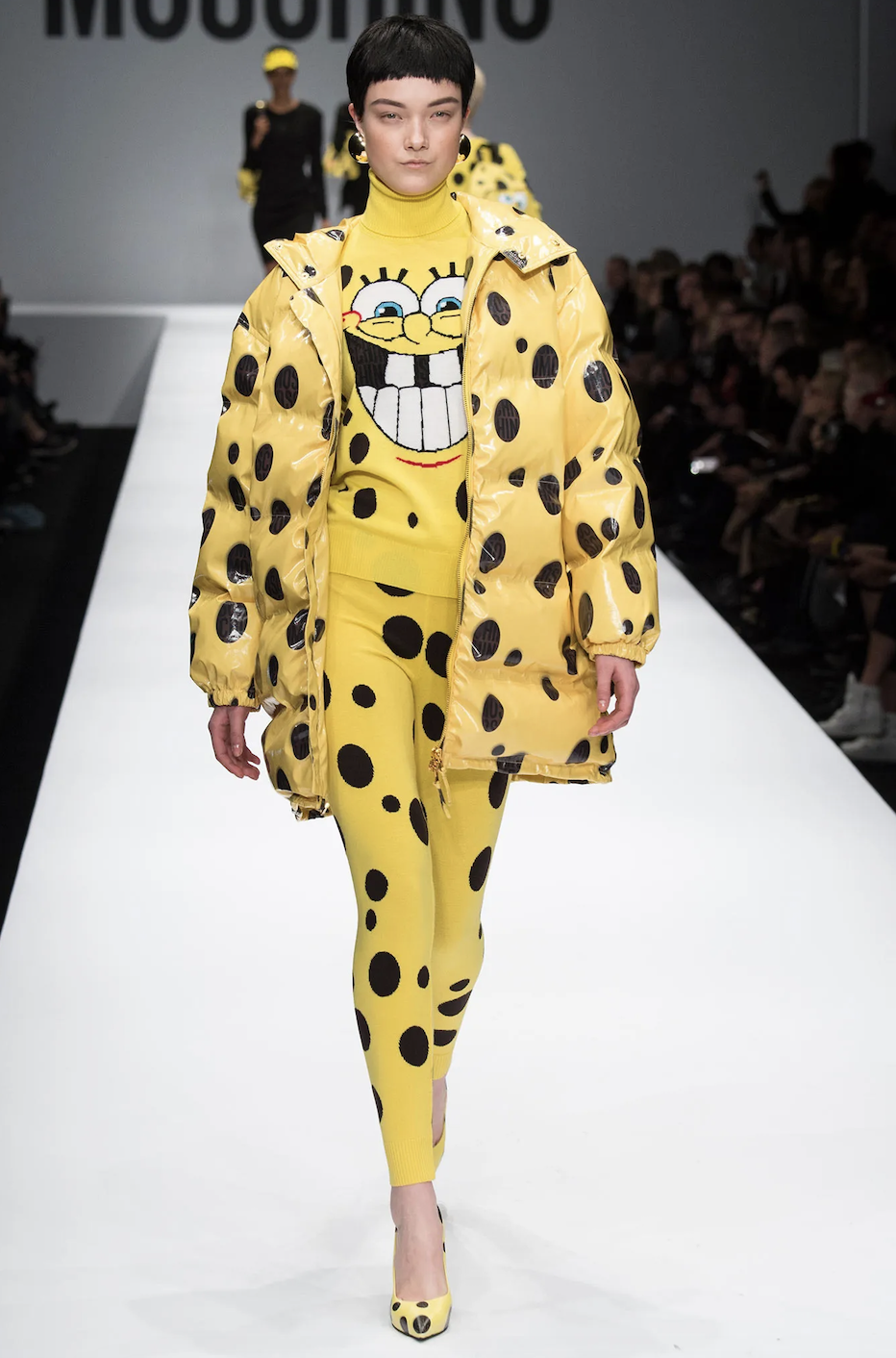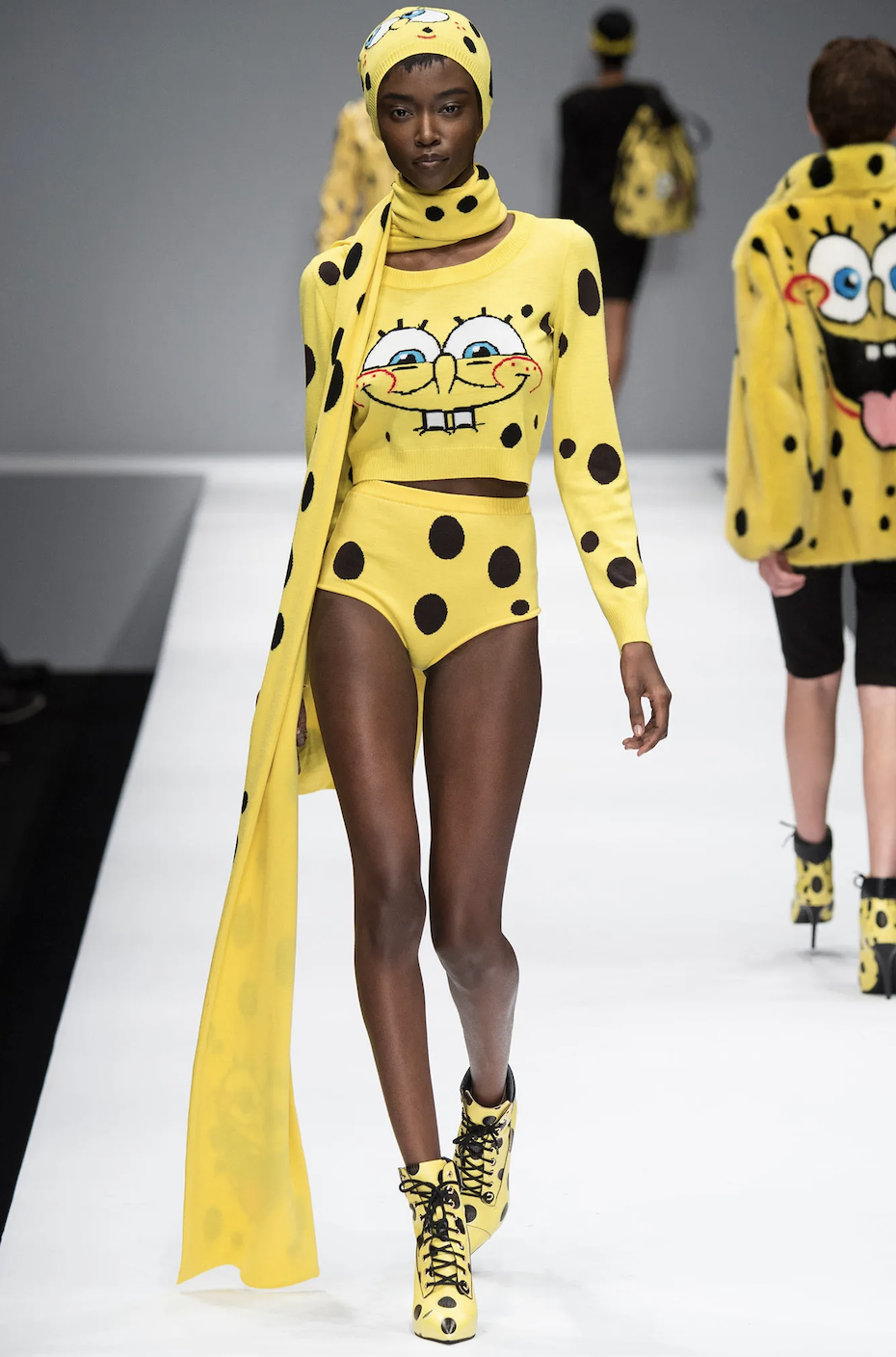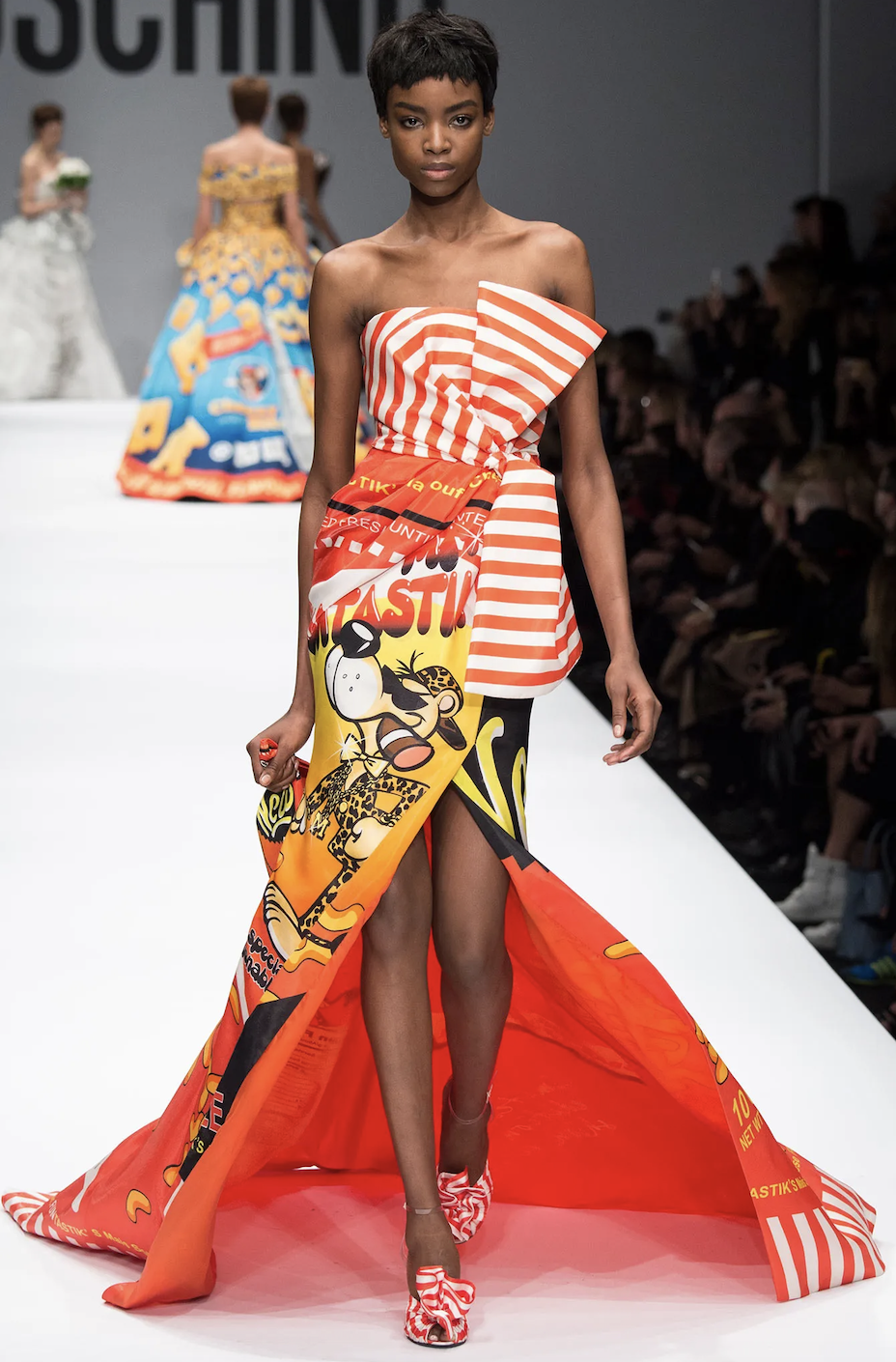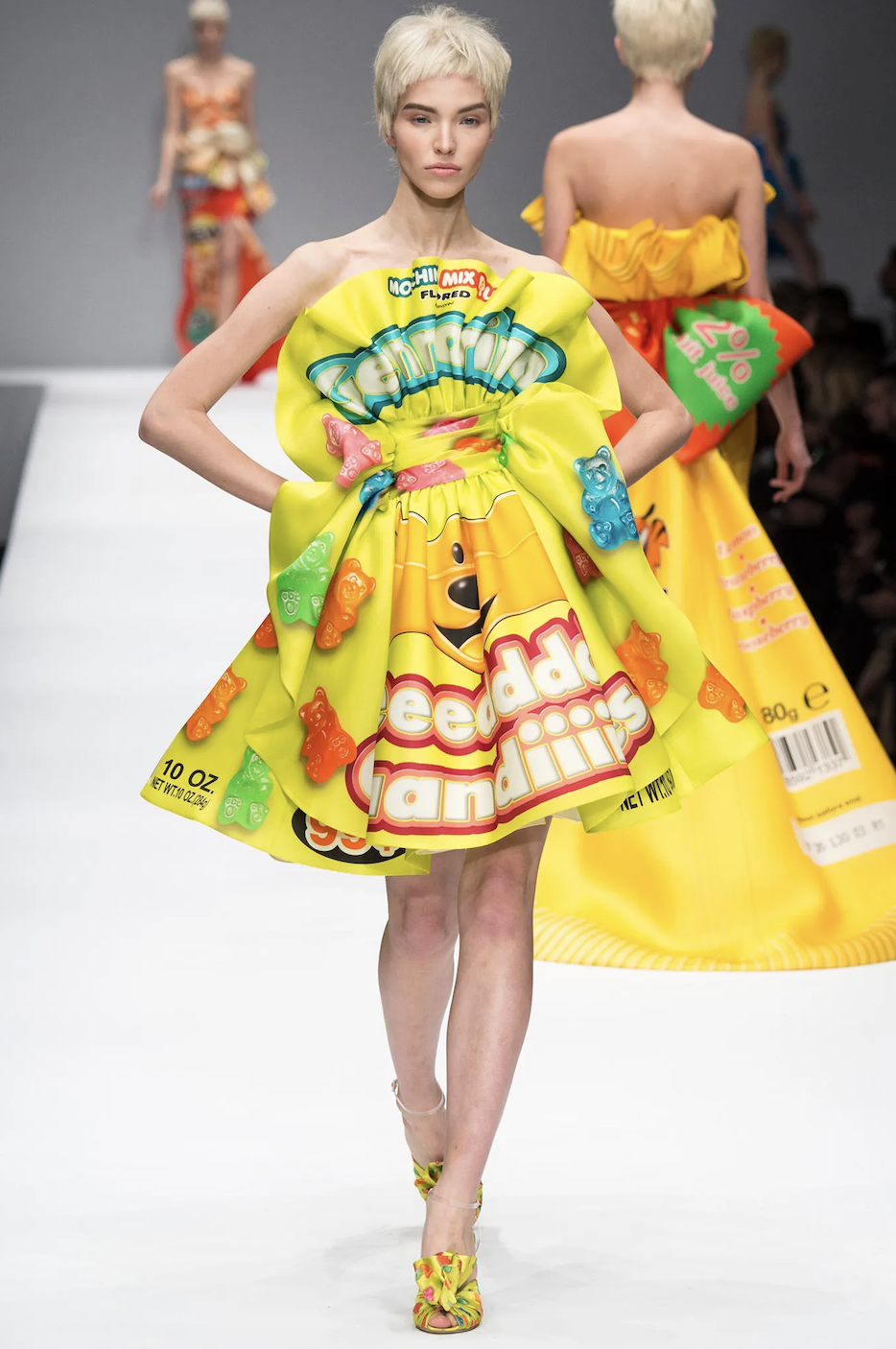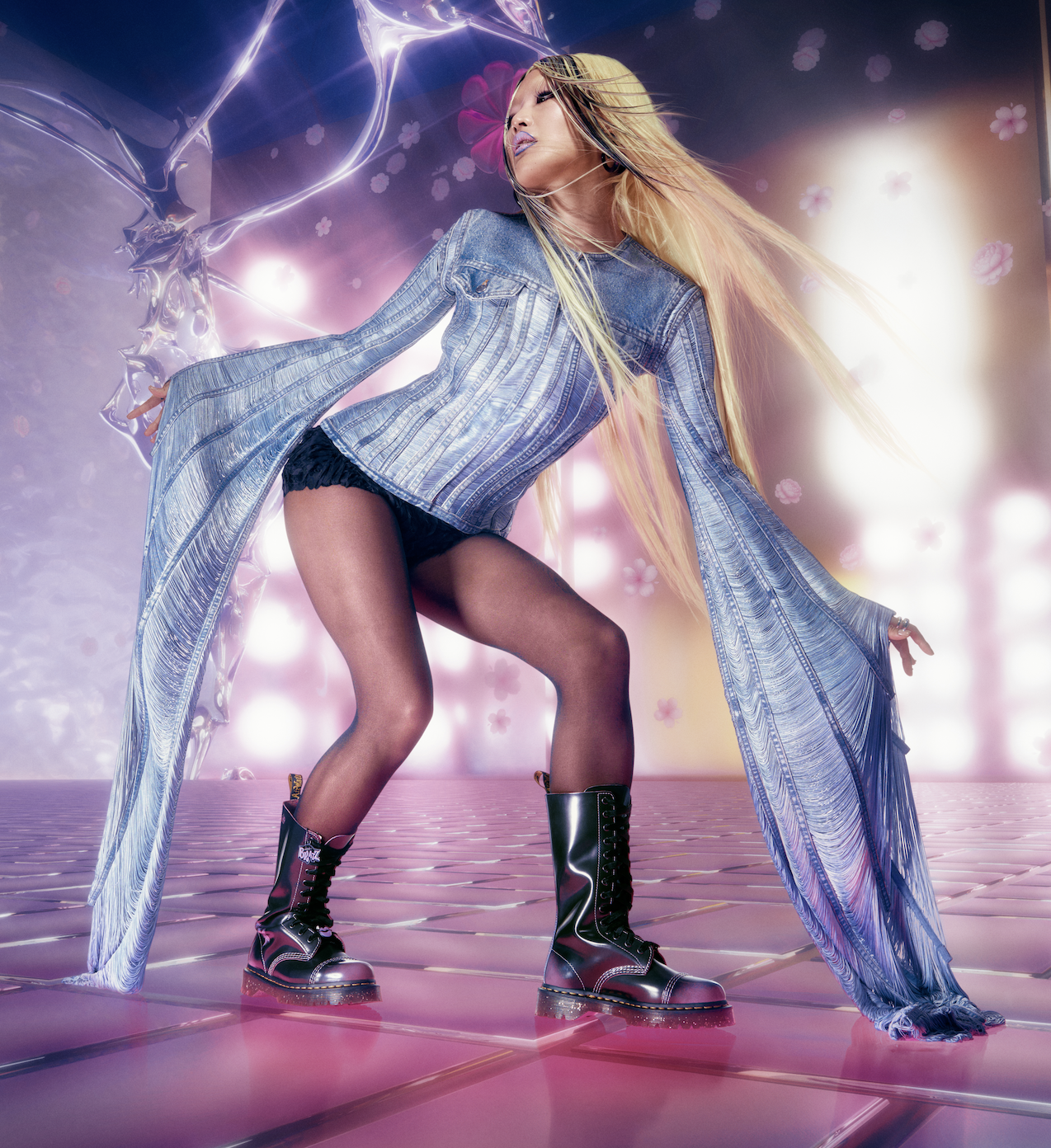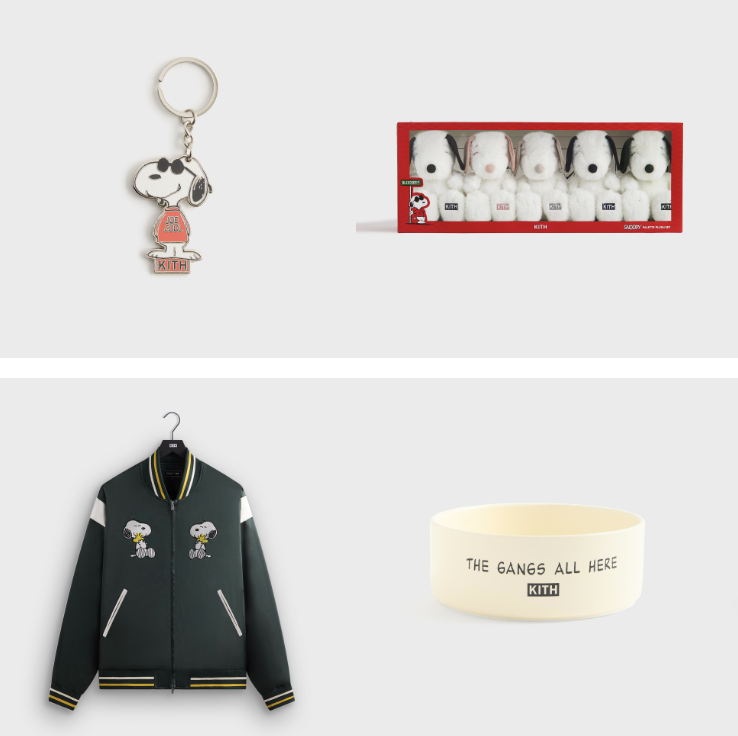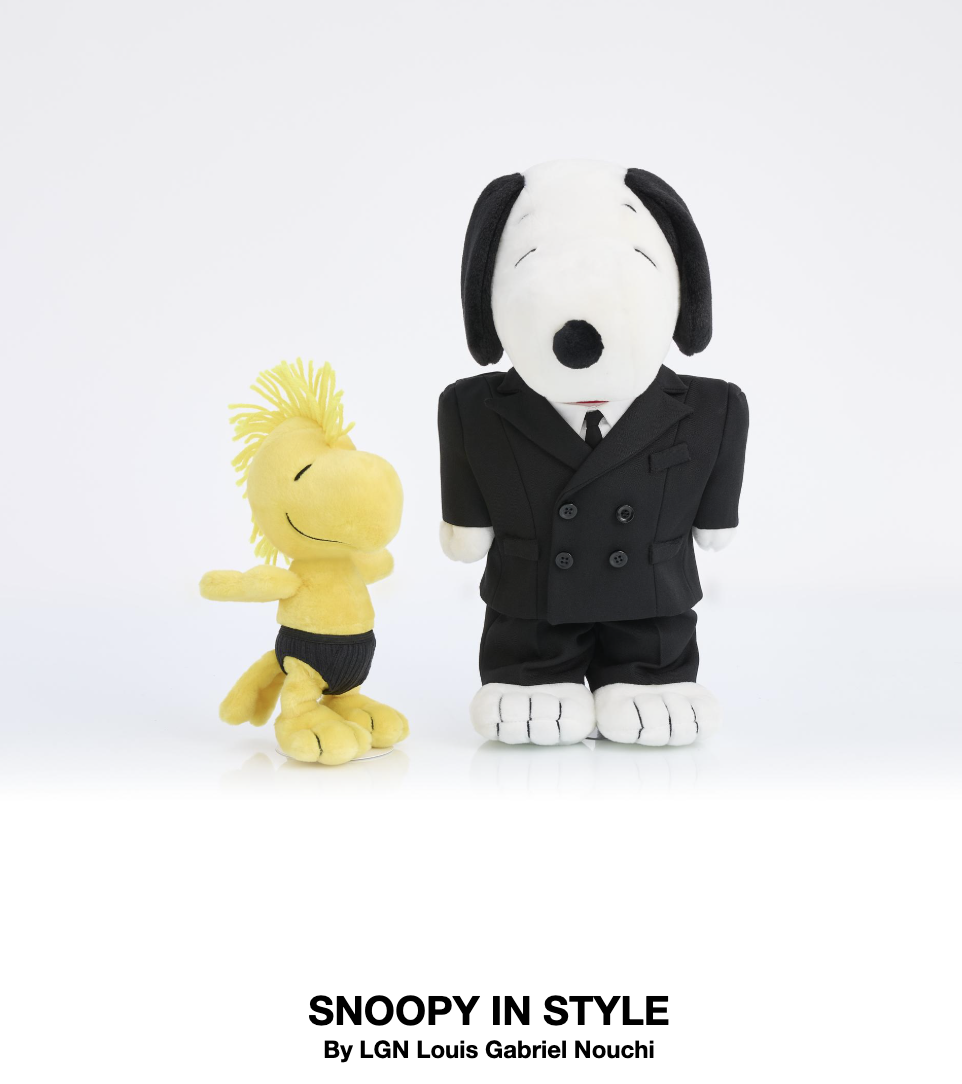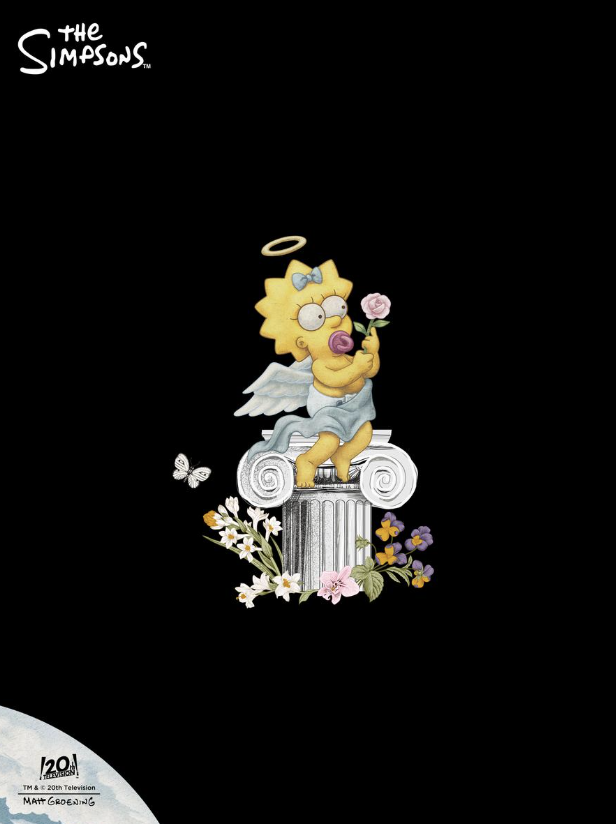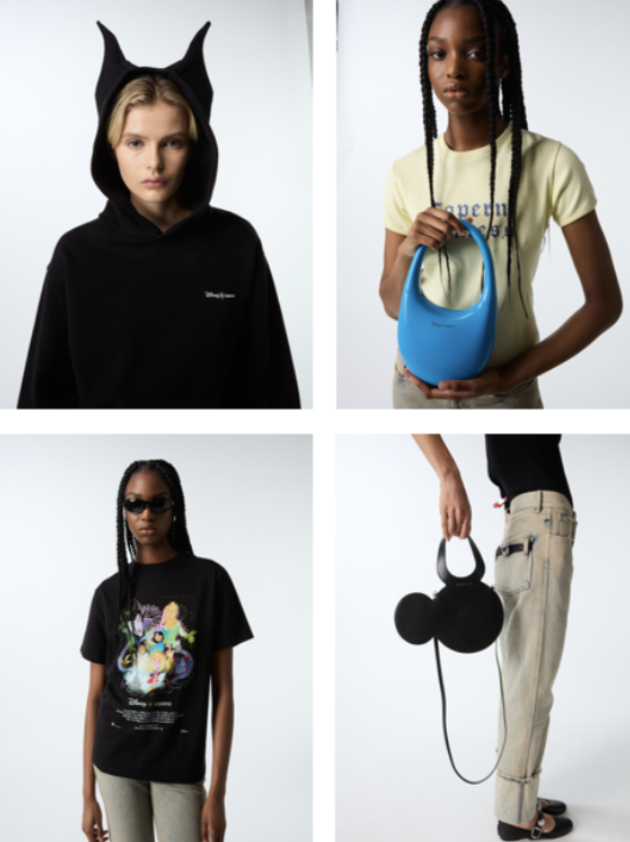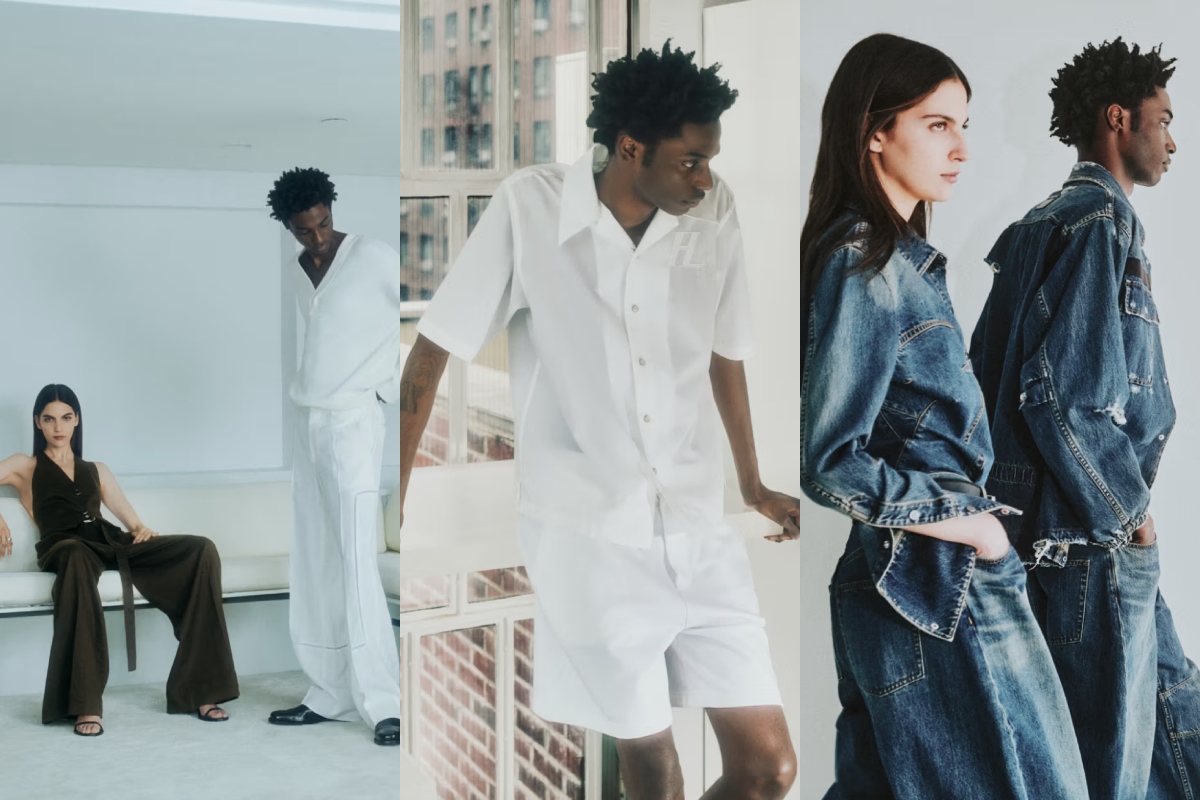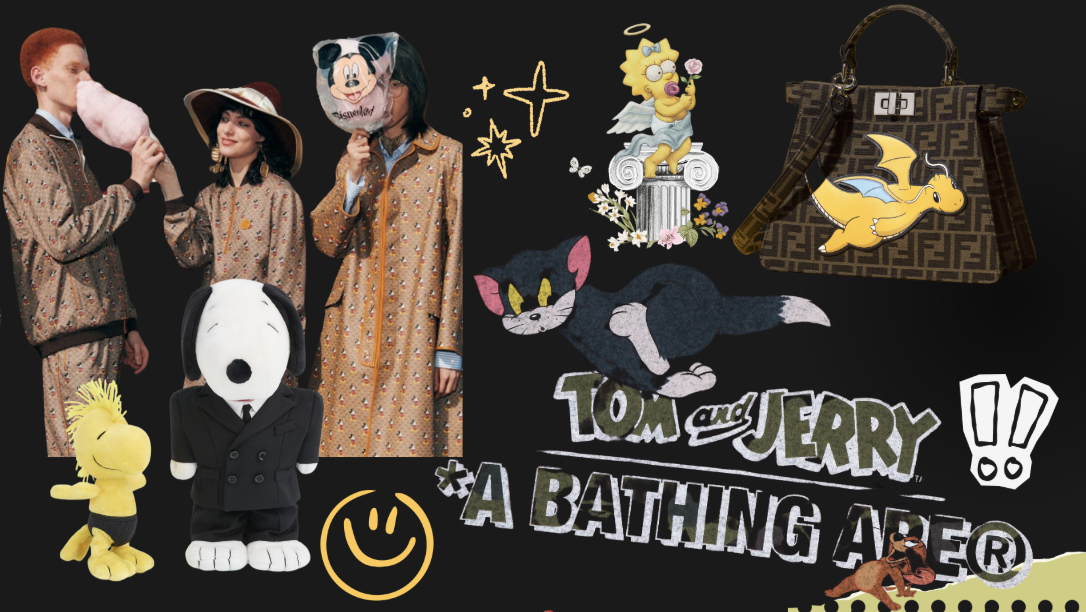
Fashion and art have always had an intertwined relationship, but recently, a growing trend in the industry has been the playful, colourful, and exaggerated incorporation of cartoon aesthetics into clothing, accessories, and even runway shows. The “cartoonization” of fashion is not just a passing fad but a cultural shift that has roots in pop culture, childhood nostalgia, and the limitless possibilities of the digital design we are now accustomed to.
The History of Cartoon Influence in Fashion
The history of cartoon elements in fashion can be traced back to the 20th century, when illustrators like Roy Lichtenstein and Andy Warhol turned everyday objects into pop art icons. The use of bold lines, comic strip-style graphics, and larger-than-life depictions played with the concept of consumerism and high culture, transforming the mundane into something visually striking. However, it wasn’t until the late 1990s and early 2000s that cartoons became a more direct influence on fashion.
In the ’90s, streetwear brands like Supreme and Stüssy began incorporating cartoon characters and graphics into their collections. These designs were often reminiscent of the rebellious and playful spirit of comic book culture, which found a natural home in the world of fashion. Collaborations with beloved cartoon characters, such as the Looney Tunes or The Simpsons, set the stage for future creative partnerships between fashion houses and animation.
A pivotal early chapter in fashion’s love affair with cartoons came courtesy of Jean-Charles de Castelbajac and Stephen Sprouse, two designers who championed the playful collision of pop culture and high fashion long before it hit the mainstream. Throughout the 1990s and into the 2000s, Castelbajac in particular made bold statements with garments emblazoned with The Smurfs, Looney Tunes, and other animated icons — transforming childhood nostalgia into vibrant, wearable art. His Spring/Summer 2009 collection stands as a prime example of this whimsical, referential approach.
Similarly, Sprouse’s punk-meets-pop vision brought cartoonish graffiti and bright, rebellious graphics into the luxury lexicon. These early disruptors laid the foundation for a new design language, one that would later be picked up by the likes of Jeremy Scott, which is explored deeper below. Together, these moments marked fashion’s growing fascination with animation, youth culture, and the limitless potential of imagination.
In the years that followed, brands like Balenciaga, Gucci, and Moschino continued to embrace the visual language of animation, harnessing digital cartoons, 3D rendering, and augmented reality to dissolve the boundaries between high fashion and fantasy. As mentioned earlier, Jeremy Scott’s 2014 Ready-to-Wear collection for Moschino, famously inspired by SpongeBob SquarePants, became a defining moment in this aesthetic shift, a playful, irreverent explosion of kitsch that brought pop culture unapologetically to the runway, transforming the ordinary into the extraordinary.
PHOTO CREDIT: Vogue Runway
The Modernisation of Cartoons in Contemporary Fashion
In 2025, this dialogue between fashion and animation continues to evolve. Coperni’s futuristic collaborations and Disney-inspired motifs reaffirm how storytelling and style can coexist seamlessly, even going as far as hosting a runway show at Disney. As Tom and Jerry celebrated their 85th anniversary in February of this year, brands like BAPE and Converse have tapped into nostalgia, with capsule collections reimagining the iconic duo through a contemporary lens. LGN Louis Gabriel Nouchi’s Snoopy in Style collection further infused classic tailoring with Charles M. Schulz’s beloved characters, while KITH revived its ongoing partnership with Peanuts in a streetwear homage that felt both timeless and timely for its 75th birthday.
Every girls dream: The Bratz dolls made a bold return in a collaboration with Dr. Martens, merging Y2K glamour with subcultural cool meanwhile South Korean fashion house based in Paris and Seoul SONGZIO drew inspiration from The Simpsons, using surreal, yellow-tinged prints to critique modern society with a wink, proving once again that cartoons aren’t just for kids, but a rich canvas for cultural commentary and avant-garde expression.
PHOTO CREDIT: The Fabricant x Puma
The cartoonization of fashion is more than a fleeting creative trend, but more of a deeper cultural shift, reflecting evolving attitudes toward identity, technology, and self-expression. As fashion increasingly becomes a canvas for individuality, the rigid boundaries of traditional design begin to dissolve. Cartoon-inspired aesthetics offer a liberating escape, inviting us to reconnect with a childlike sense of wonder.
So, in an era dominated by digital platforms and curated personas, cartoon imagery has become a powerful tool for crafting visual identity, whether through streetwear drops, augmented-reality avatars, or viral, questionable, runway moments. It thrives on irony, nostalgia, and imagination, carving out a space where fantasy and fashion collide.
Because in a world that often demands seriousness from all angles, the cartoonization of fashion dares to ask: who says we ever have to grow up?

